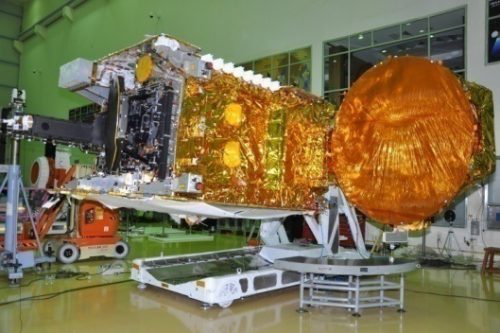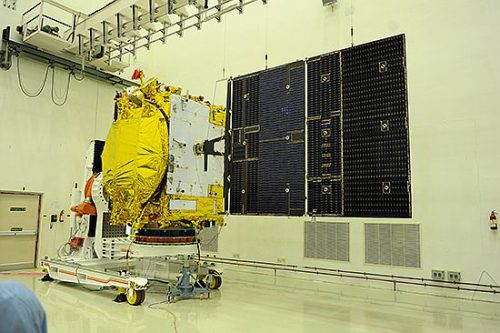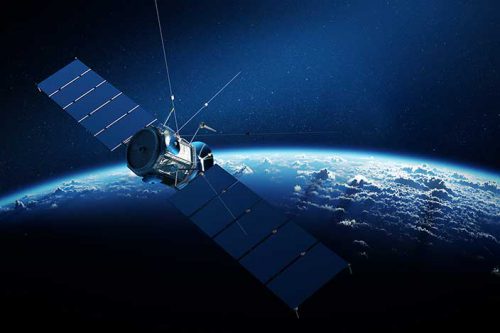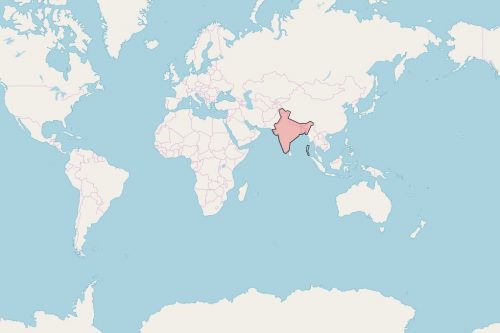
Back to selection
GEO Satellite
GSAT-14 GEO
succesfull
Launch date
5 January 2014
Dedicated Mission
Country

Purpose
Communication
Position
74° East
Manufacturer
Indian Space Research Organization (ISRO)
Operator
Expected lifetime
15 Years
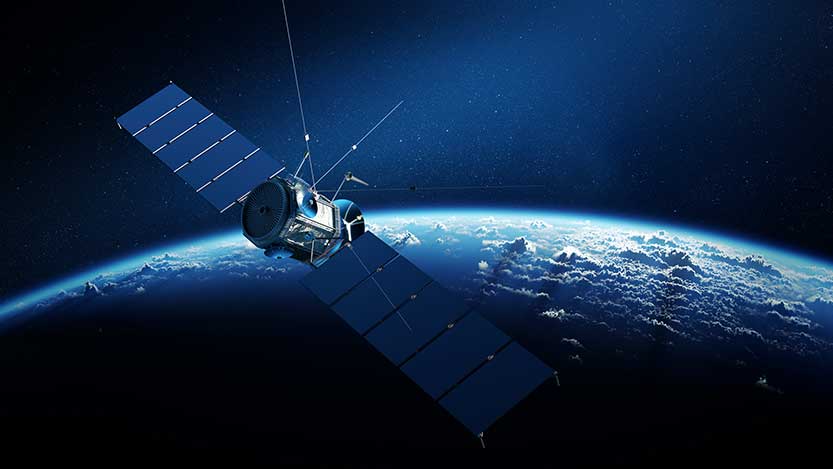
Region
Asia Pacific Region
GSAT-14 was the 23rd Geostationary Communication Satellite of India and built by ISRO. The satellite was intended to serve as a replacement for GSAT-3 (EDUSAT).
The satellite is configured with 6 Ku- and 6 Extended-C-band transponders providing India coverage beams. In addition, the spacecraft also carries Ka-band beacons transmitting the signals at 20 and 30 GHz, which are planned to be used to carry out studies related to rain and atmospheric effects on Ka-band satellite communication links in Indian region.
Fiber optic gyro, active pixel sun sensor, round type bolometer and field programmable gate array-based earth sensors and thermal control coating experiments are new technologies to be flown as experiments. The satellite had a lift-off mass of 1,980kgs and generates a power of around 2.6kW. It was planned to use the existing structure and several mechanical and electrical components procured as spares during earlier projects.
GSAT-14 was successfully launched on January 5th, 2014 on a GSLV Mk II rocket, operated by ISRO, from the Satish Dhawan Space Center in India.
GEO Satellite
GSAT-14
succesfull
GEO Satellite
GSAT-14
succesfull
